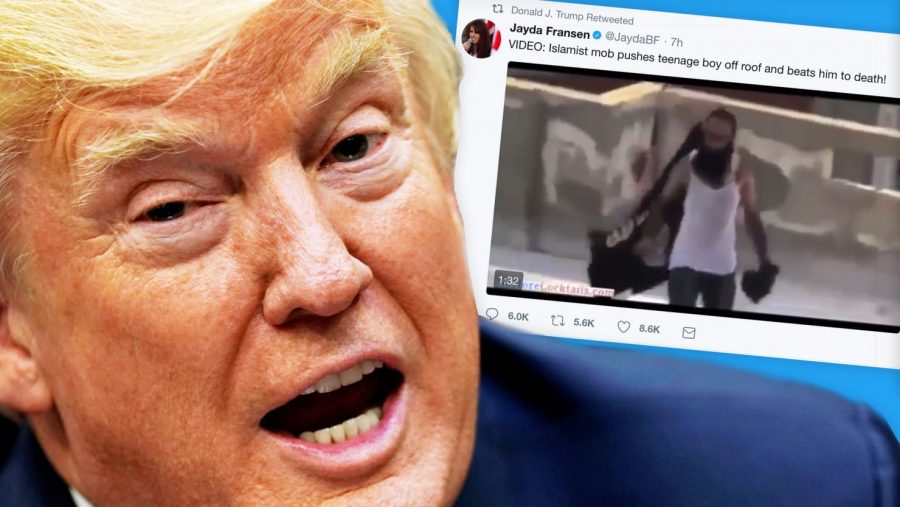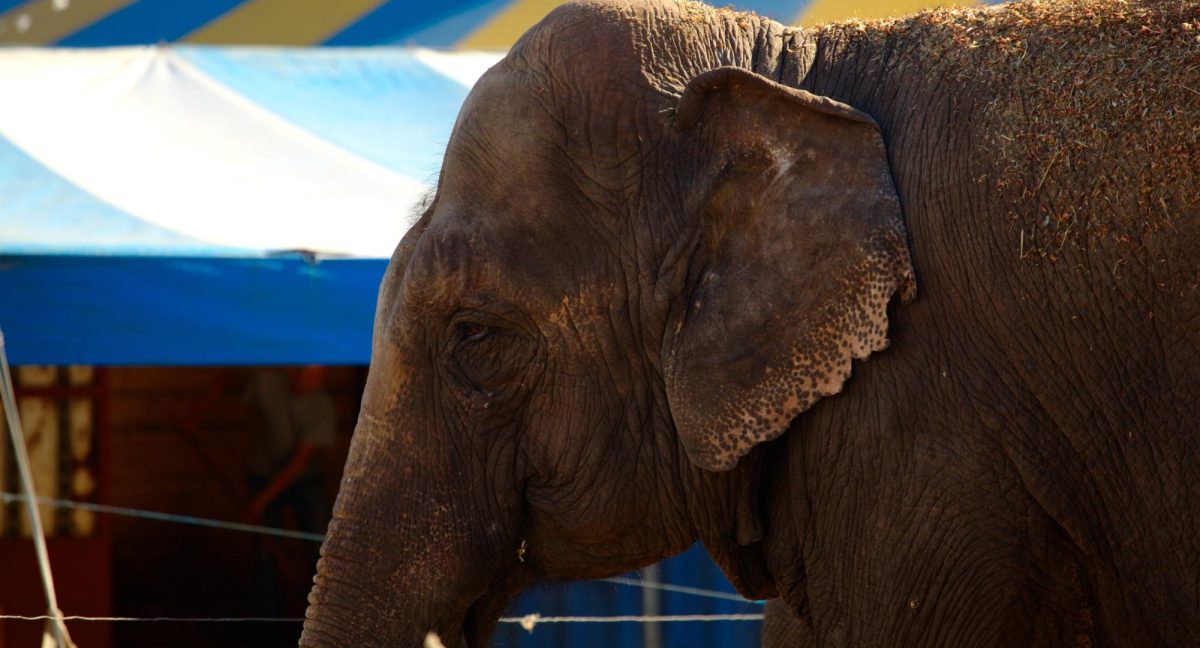Last week, President Donald Trump tweeted a series of anti-muslim videos. The videos, posted by British white nationalist Jayda Fransen, depict violent acts by purported muslims. When asked about the authenticity of the videos, White House press secretary Sarah Sanders said that it didn’t matter if the videos were fake, because “the threat is real.”
In one video, a “muslim migrant” violently attacked a boy on crutches. The Dutch Attorney General’s office said that the boy was actually born and raised in the Netherlands, but would not comment on his religion.
The retweets sparked outrage among several British officials, including a spokesperson for Prime Minister Theresa May, who feel that the white nationalist agenda is a poor reflection on Britain.
Trump’s retweets directly contradict his repeated attacks regarding fake news. Trump insists on being both the largest hater and purveyor of fake news.
Trump can’t attack fake news only when it serves to advance his political agenda. If Trump wants to continue to attack legitimate media sources over articles he believes to be fake, he needs to make sure that the news he is disseminating is also real.
This is not the first time Trump has spread fake news. Hours before the general election, Trump retweeted a series of fake news reports, at least one of which was made by a Kremlin-backed Russian studio, targeted at swing states.
Trump needs to be consistent in his stance on fake news. It is his responsibility as president to ensure that any information he shares is accurate.








